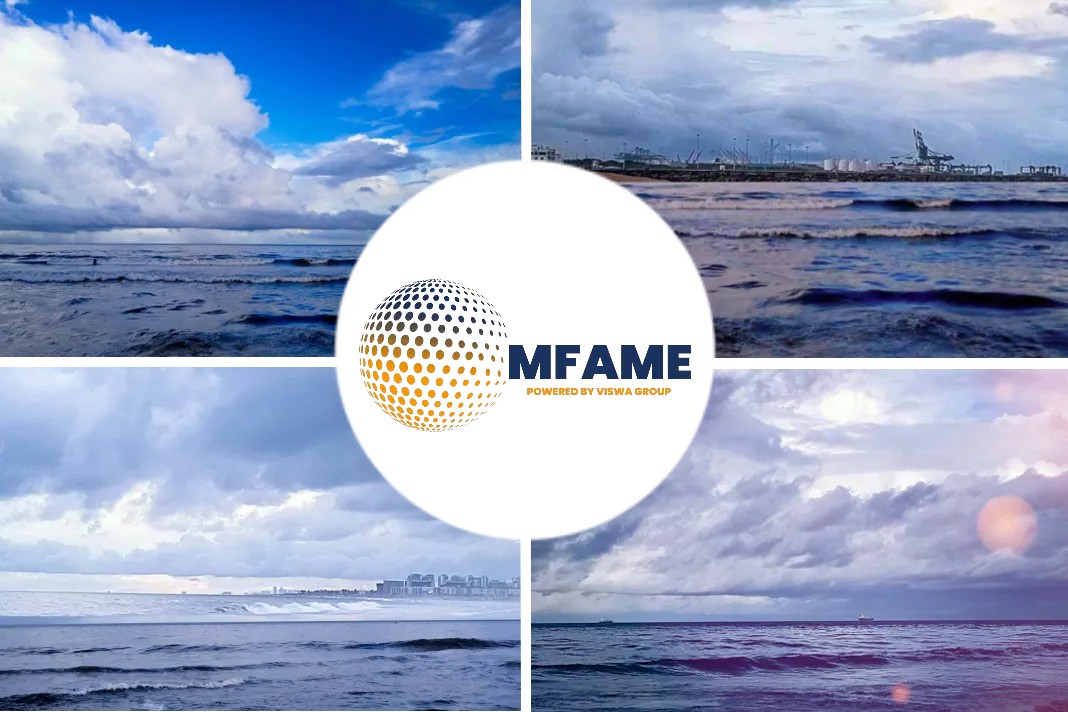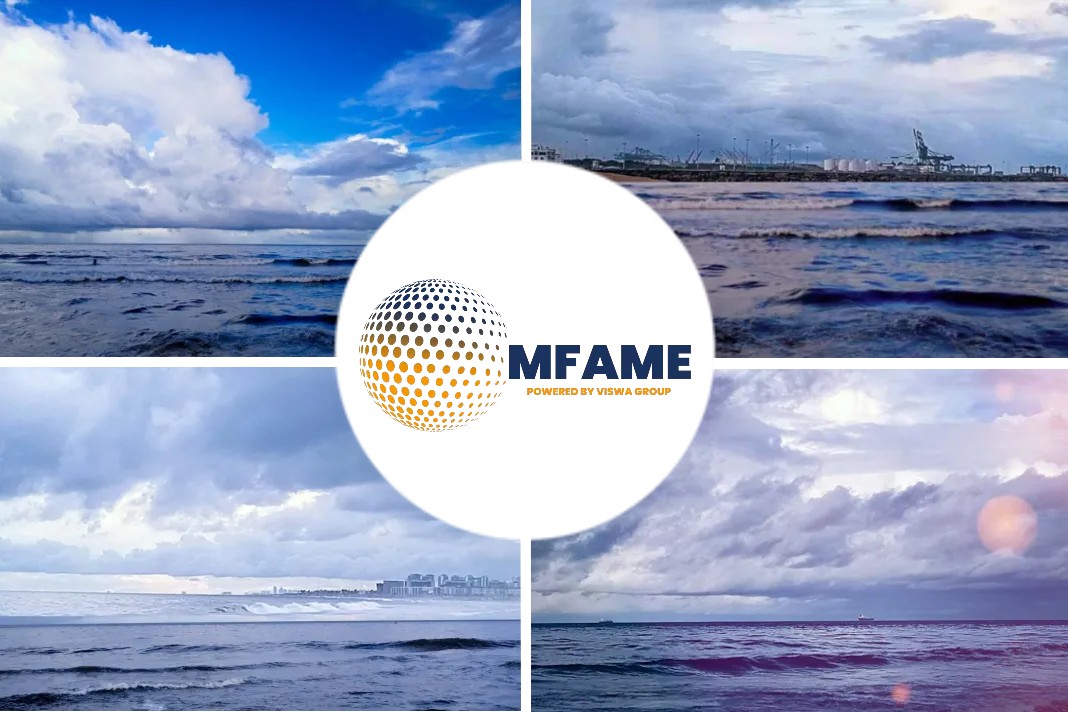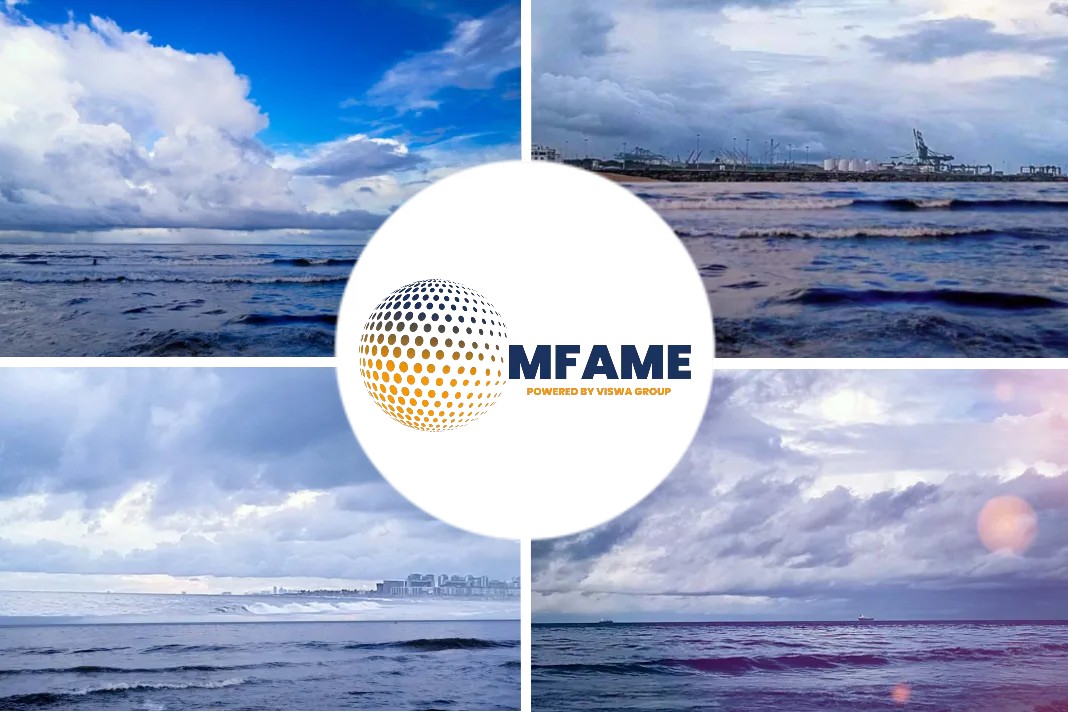Due to geopolitical unpredictability, China’s zero-COVID containment strategy, and a gloomy outlook for the world economy that may discourage seaborne trade, dry bulk shipping may continue to experience severe challenges in the fourth quarter of 2022.
Time chart returns for all dry bulk sectors during the third quarter of this year was less than the year-to-date average and only a small portion of the earnings of the delivered sector2 and during Q3 of this year.
Platts Dry Bulk Assessments
Market sources pinned the lower returns on shipowners and easing port congestions, emblematic of the COVID-19 pandemic era, which propelled freight to record highs in 2021.
“The rates are coming off as the shipping market is no longer facing congestion and labor [shortages] issues,” a Hong Kong-based ship operator said.
Vessels, which would have been delayed at ports and anchorages, have begun to add to the available tonnage lists on key trading routes.
The ample supply has made a notable dent in freight rates.
The shipbroker source observed that the reduction in turnaround time for vessels discharging in China also helped to re-supply fresh tonnage into the market quickly.
Dry freight market
China’s dogged ‘Zero-COVID’ policy and its accompanying effects are shaking up the fundamentals in the dry freight market.
Sources said the economic fallout has cast persistent negative sentiment and dampened demand.
Sluggish consumption is evident in the real estate markets which draw in many seaborne dry commodities.
China’s iron ore imports in 2022 have been marginally lower than volumes in 2021, a trend that is not expected to reverse for the rest of the year, while the Capesize segment’s lacklustre performance was attributed to the 2% drop in iron ore volumes on the Brazil -China route.
The first shipbroker felt there might be some pick up in spot market activity by the end of the year, right before the usual seasonal lull typically observed over Christmas and the Lunar New Year holidays.
Strong coal demand
“Coal demand will remain strong for at least another year,” commented the third ship operator.
The source added that there was a significant increase in Russian coal imports into India since the onset of the Russia-Ukraine conflict.
Coal demand in Southeast Asia may remain steady, while market sources expect Chinese coal buying to stay ‘sporadic’ at best.
A bright spot in the sub-Capesize segment is the burgeoning demand in the seaborne movement of agricultural commodities, market sources said.
“There has been less investment on building new vessels as asset prices have been high,” the shipowner said.
“The yards are filled with containers, LNG carriers with little spare capacity to build bulk ships.”
Did you subscribe to our daily Newsletter?
It’s Free! Click here to Subscribe
Source: S&P Global
























